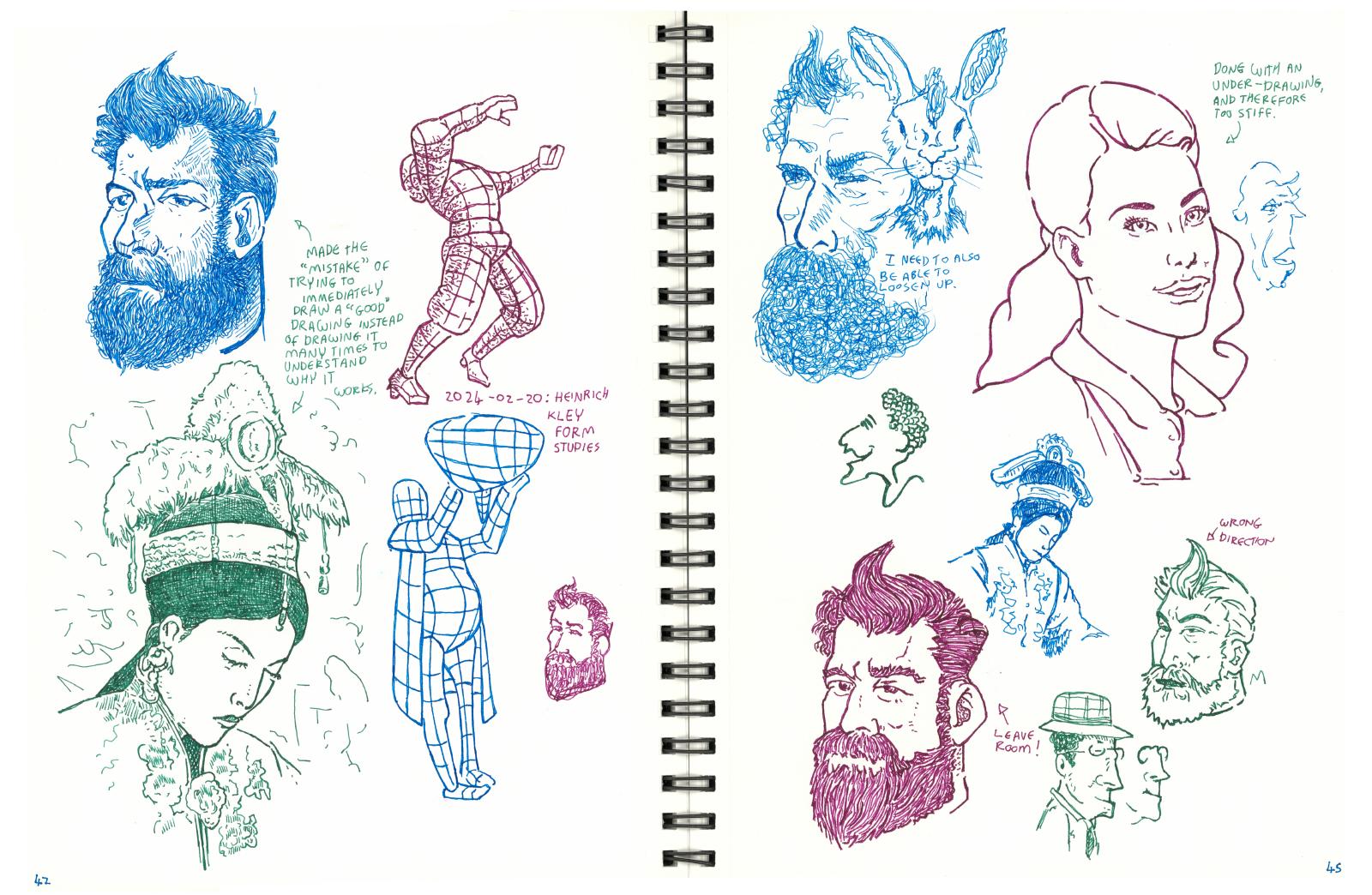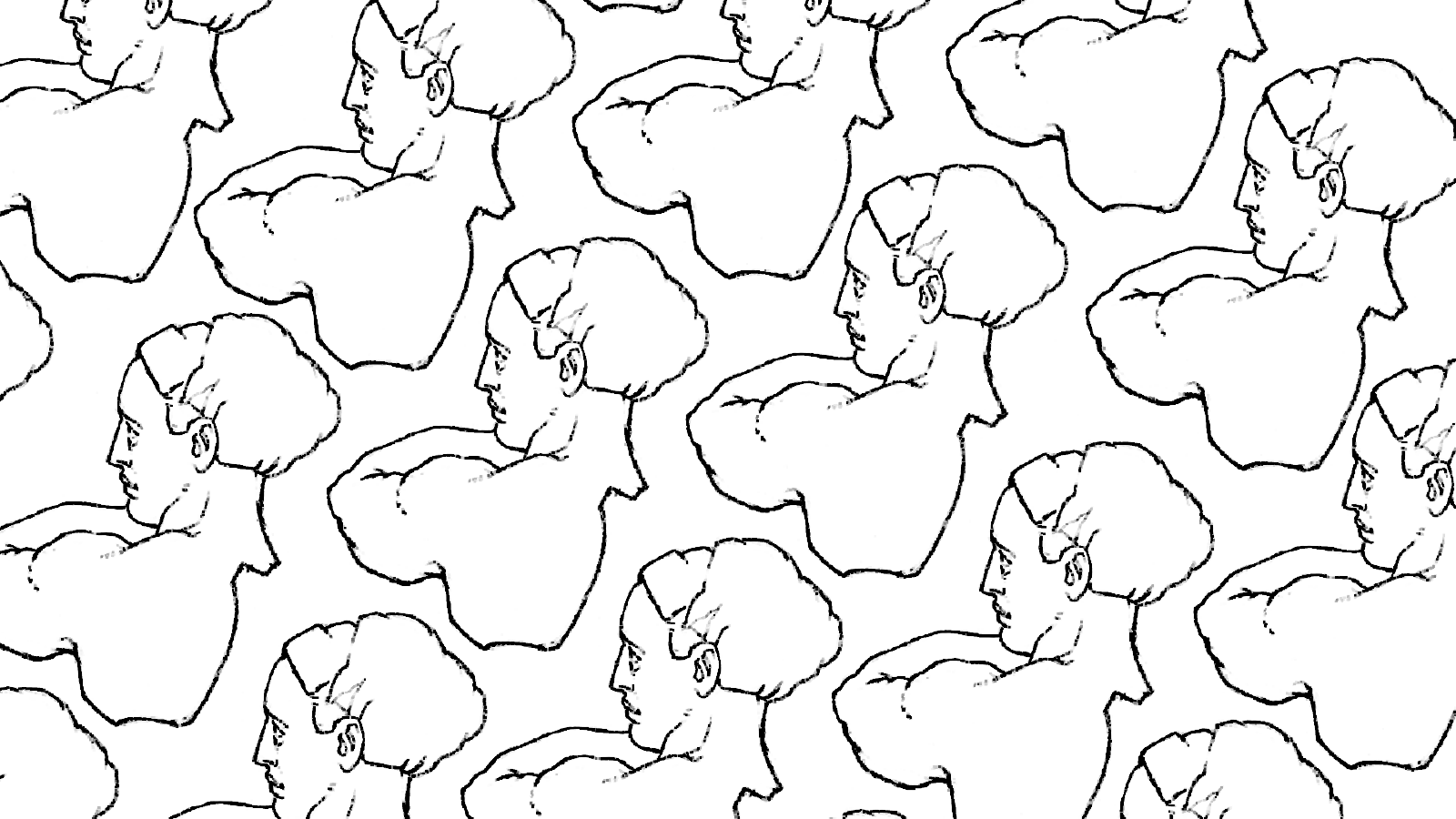#52 - A Great Way To Improve Your Art Is To Find A Way To See Your Work As New Audiences Would See It
Look at your work with a fresh pair of eyes, like others would see it.Warm-Up Drawing Exercises

Quickly become better at drawing—without burning out—by using my workbook.
#52 - A Great Way To Improve Your Art Is To Find A Way To See Your Work As New Audiences Would See It
Look at your work with a fresh pair of eyes, like others would see it.What is new is that you can see your drawing through the camera on your mobile with the reference image transparently overlaid over your drawing.
This camera view allows you to see where you deviated from the reference. You can freeze the image, save it, and then use it to “fix” your drawing.
You can try it out for yourself here:
Augmented Reality For Artists!
Nowadays, things are done much more professionally. There are now designers who specialize in designing easy-to-use software. They come up with Personas, user stories, usability testing, A-B testing. It’s a whole profession now.
One of the first digital devices we carried with us was a Palm Pilot. It was a little device with a touch screen you were meant to operate with a pen. It was pretty successful for its time with a whole whopping one million owners and easy to use. The founder of Palm famously walked around with a block of wood, pulling it out of his pocket at grocery stores and pretending the block of wood was the device, acting as if he was operating the user interface right there to find out if the user experience was satisfactory.
But back then, way back in the stone age, we tried to determine if the software was usable by using it ourselves. You discover what is wrong when you try to do that. You run into the problems the user would otherwise have run into.
An example that I always find striking is product packaging that is hard to open. Here you have a factory that makes a product, packages the product, and then ships the product. No one in the building uses the product themselves. And no one in that entire building thought of trying if the packaging was easy to open. If they had, they would have realized that the packaging needed improvement.
And now you are asking, of course, what does that have to do with drawing! And what’s more, what about that title! Artists eating dog food?
The thing is, we used to call it “eating your own dog food.” You used your own product, tested it, and pretended to be a member of the intended audience.
I should say, some software developers never got it. They resented that what they had so carefully crafted could be compared to dog food. Their code was, of course, gold-clad and diamond-crusted.
They could not imagine there being anything wrong with their work.
Then I got to thinking, is there an equivalent for artists? Is there a way we can test our art before we show it to other people?
And then I realized that yes, there is!
When screenwriters finish writing a script, they will often print out the script and file it away in a drawer for at least six weeks. Then they pull it out and read it. The cool thing is that it is a distant memory for you. It’s as if someone else wrote it, and you get to read your script as if you’re someone else who is reading it for the first time, experiencing it for the first time.
Try this with your art. After finishing the next thing you make, put it away. Don’t post it anywhere. Just store it somewhere. Make an appointment with yourself in your calendar six weeks later to look at the art again.
Try to choose art you can still change, like digital art or a pencil drawing drawn light enough that you can still erase and change it.
You will find that since you made it so long ago, it is easier to see the mistakes and not feel bad about them and change them.
If you just made something, you tend to be emotionally attached to it, and you will be less willing to change things.
You still remember the many hours you toiled over these details! You don’t want to erase those!
But six weeks later, it becomes much easier to make the changes.
Your art is, of course, gold-clad and diamond-crusted! But still, try it out!
